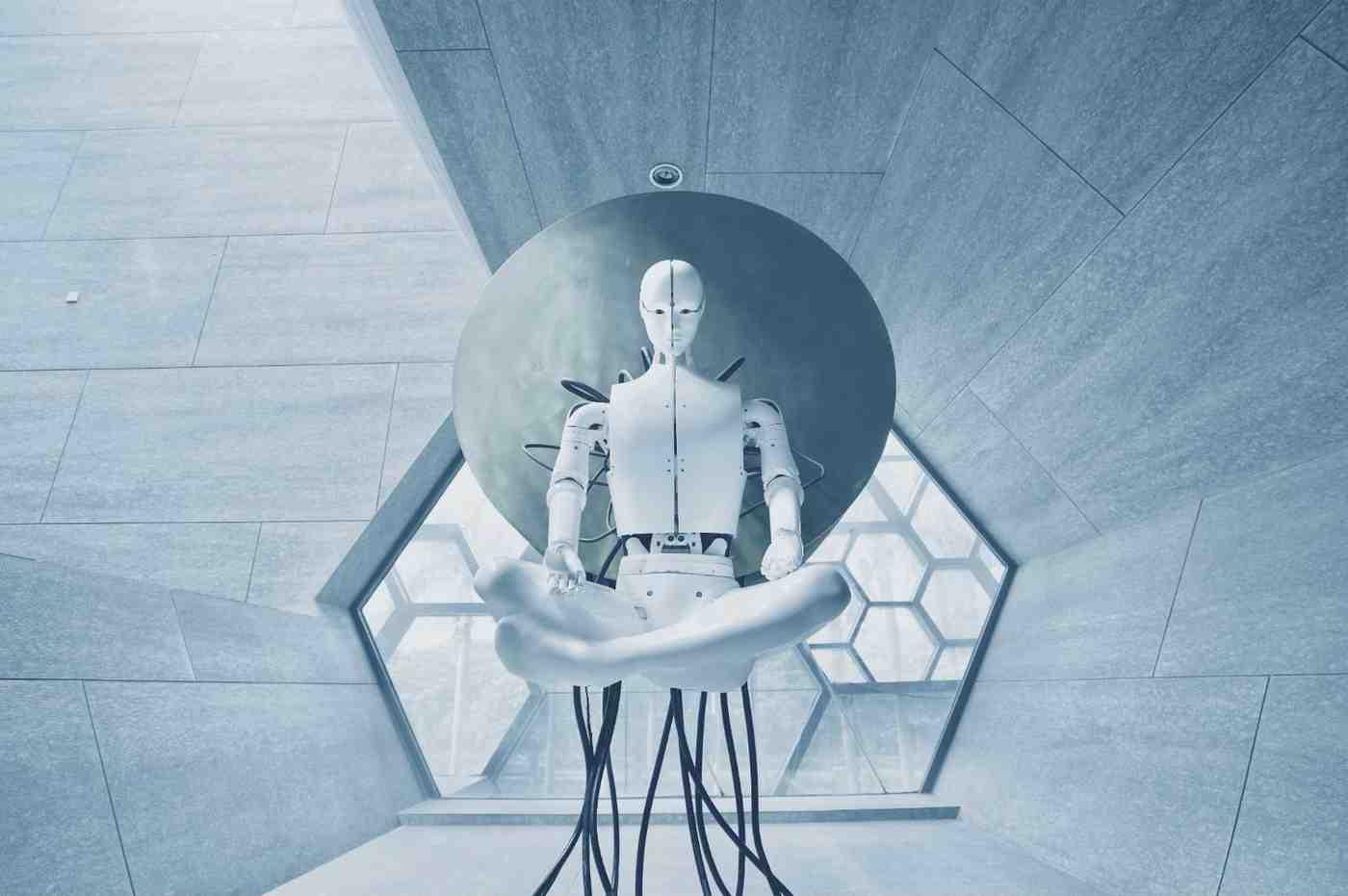What Role Does Blockchain Play in Web3?
An explanation of the fundamental role that blockchain technology plays as the secure and decentralized foundation of the Web3 ecosystem.

To understand the Web3 revolution, you must first understand the foundational technology that makes it all possible: the blockchain. While the two terms are often used together, it's crucial to see their relationship clearly: the blockchain is the infrastructure, and Web3 is the new generation of applications and services built on top of that infrastructure. The blockchain is not just a feature of Web3; it is its very bedrock.
This guide explains the specific roles that blockchain technology plays in enabling the core principles of Web3: decentralization, user ownership, and trustlessness.
The Role of Blockchain: A New Kind of Database
At its most basic level, a blockchain is a special kind of database (a distributed ledger) with unique properties that are perfectly suited for building a decentralized internet.
1. It Provides Decentralization
This is the most critical role. Traditional Web2 applications run on centralized servers owned by a single company. A blockchain, by contrast, is a peer-to-peer network where the database is copied and maintained across thousands of computers worldwide.
- How it Enables Web3: This allows dApps (decentralized applications) to run on a network that no single entity controls. This creates a system that is highly resistant to censorship and single points of failure. A Web3 application cannot be "shut down" by a company or a government in the way a traditional website can.
2. It Enables True Digital Ownership
The blockchain provides a secure and verifiable way to track the ownership of digital assets, a concept that was previously impossible in a world of "right-click, save."
- How it Enables Web3: This is achieved through cryptocurrencies and NFTs (Non-Fungible Tokens). The blockchain acts as a global, public land registry for digital property. Your ownership of an asset is recorded on this immutable ledger, secured by cryptography, and controlled by your personal crypto wallet.
3. It Automates Trust with Smart Contracts
Blockchains like Ethereum introduced smart contracts, which are self-executing programs that run on the blockchain.
- How it Enables Web3: Smart contracts are the engine of Web3. They allow for the creation of complex, automated systems that run exactly as programmed, without the need for a trusted intermediary. The entire DeFi (Decentralized Finance) ecosystem, from exchanges to lending protocols, is built on smart contracts that automate financial transactions.
4. It Creates a Native Economic Layer
Blockchains have their own native cryptocurrencies (like ETH on Ethereum) that are used to incentivize participants and pay for network usage.
- How it Enables Web3: This creates a built-in, internet-native economic system. It allows for the seamless transfer of value between users and dApps, anywhere in the world, without relying on the slow and costly traditional banking system. This is the foundation of the "ownership economy," where users can be directly rewarded for their contributions.
Conclusion
The blockchain is the essential, non-negotiable foundation of Web3. It provides the four key pillars upon which the new internet is being built: a decentralized and censorship-resistant infrastructure, a system for true digital ownership, a mechanism for automating trust, and a native economic layer. Without the unique properties of blockchain technology, the vision of a more open, transparent, and user-owned internet would remain a dream.
Frequently Asked Questions
1. What is the difference between Web3 and blockchain?
Blockchain is the underlying technology. Web3 is the vision for the next era of the internet that is built using blockchain technology. Think of the blockchain as the highway and Web3 applications as the cars that drive on it.
2. Can you have Web3 without a blockchain?
No. The core principles of Web3—decentralization, user ownership, and trustlessness—are all direct results of the unique properties of blockchain technology.
3. What is the most important blockchain for Web3?
Ethereum is by far the most important blockchain for the Web3 ecosystem. Its introduction of smart contracts created the application layer, and the vast majority of dApps, DeFi protocols, and NFTs are built on Ethereum or its Layer 2 scaling solutions.
4. What are smart contracts?
Smart contracts are self-executing programs that run on a blockchain. They are the backend code of dApps, automating rules and agreements without the need for a human intermediary.
5. How does this create jobs?
Building this new internet requires a vast range of talent. Key roles include smart contract developers who build the on-chain logic, frontend developers who build the dApp interfaces, and community managers who grow the user base.


